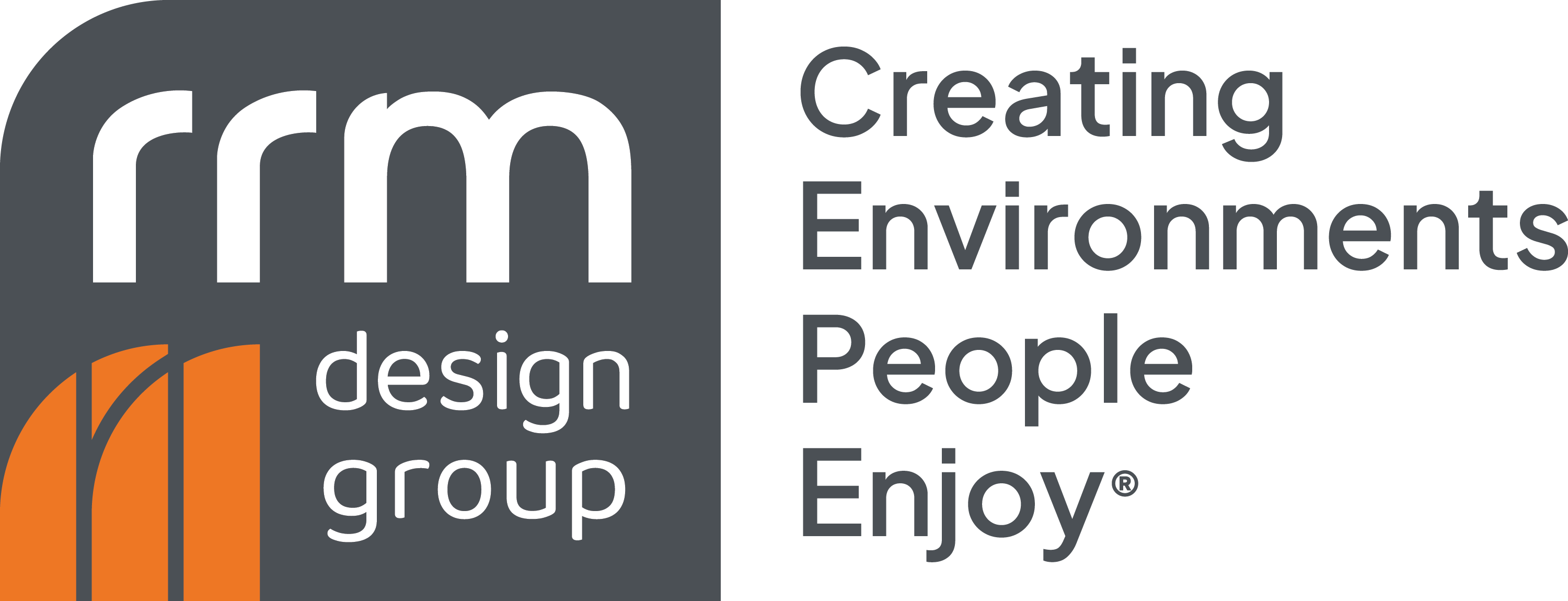STORMWATER AND SUSTAINABILITY
By Darren Choy, PE, ENV SPPrior to the 2000s, stormwater design primarily involved moving rainwater into pipes and channels then sending it to the ocean (or lakes for the inland audience); essentially, transport the stormwater away from our homes and businesses. Today, stormwater is much more complex and touches a variety of engineering, environmental, ecological, and economic topics. In broader terms, “sustainability.”
Regulatory Background
The State Water Resources Control Board (SWRCB) issues the Municipal Regional Stormwater NPDES Permit (MRP). The SWRCB is broken down into nine (9) smaller Regional Water Quality Control Board (RWQCB), each with its own geographic region (no relation with Caltrans Districts). Each RWQCB is tasked with enforcing its region-specific MRP amongst its Counties and Cities. RRM’s offices are in 4 different regions:
- San Leandro office – Region 2
- SLO & Santa Barbara offices – Region 3
- Ventura office – Region 4
- San Juan Capistrano office – Region 9
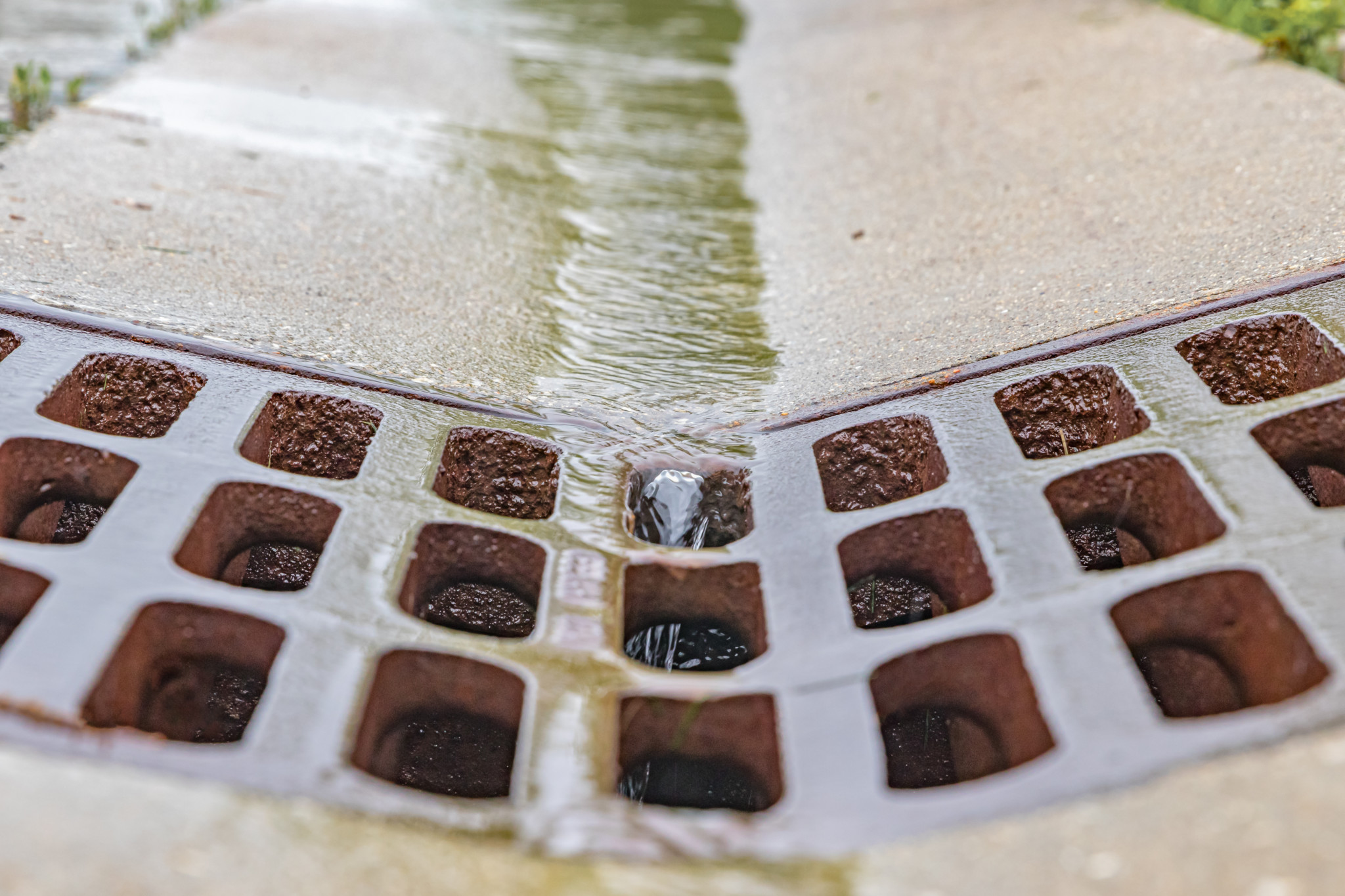
Science/Engineering Background
Stormwater is based on rainfall that touches impervious surfaces (asphalt, concrete, building roofs) – another name is “runoff.” Runoff that touches impervious surfaces is bad for 2 main reasons:
- Pollution/Water Quality: Runoff picks up all the pollutants on the impervious surfaces – oil and heavy metals from cars, trash, soap from your car wash, animal material, human material, etc. and sends all of it to our oceans, lakes, and streams
- Erosion: Runoff on impervious surface has an erosive velocity (typically measured in feet per second: ft/s) – water moves much faster on impervious surfaces because it doesn’t infiltrate into the ground (as compared to pervious surfaces such as grass) – this fast runoff erodes away our natural creeks and streams. This accelerated erosion caused by man-made impervious surfaces is bad for the environment and safety. Erosion is supposed to naturally occur at a much slower pace that is beneficial to the environment.
The RWQCB MRP forces us to do the bare minimum for stormwater design and address these 2 issues so there’s at least some benefit to the environment.
Sustainability – What Can RRM Do?
RRM can design using a combination of RWQCB MRP requirements and going beyond the minimum MRP requirements. Generally, MRP wants you to do send impervious surface runoff to stormwater treatment or a pervious surface before it enters the storm drain system:
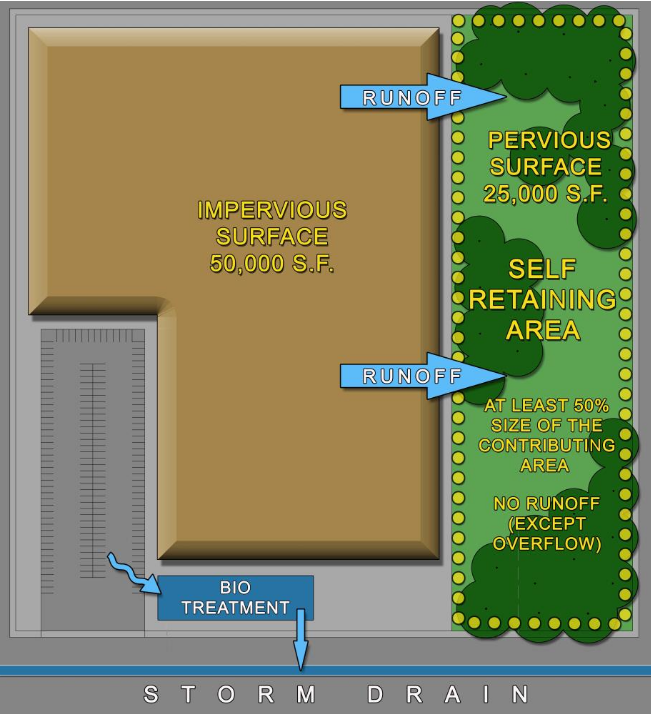
Schematic Drainage Plan for Site with a Self-Retaining Area | Source: Santa Clara Valley Urban Runoff Pollution Prevention Program
Short answer: send your stormwater from impervious surfaces to pervious surfaces.
The following is a non-comprehensive list of design strategies and their benefits:
Green Infrastructure
-
- Incorporate bioretention, bioswales, green roofs, and/or permeable pavements into your site design. These materials treat and infiltrate stormwater, and provide aesthetic elements to a project.
Harvest and Re-Use
-
- Harvesting and capturing stormwater in a cistern (underground chambers, above-ground tanks, rain barrels, etc.) and re-using it for irrigation or toilet flushing. This design strategy significantly reduces potable water consumption and is drought resistant. The design will likely require pumps and a filtration system.
Detention
-
- Capturing stormwater and slowly releasing it back into the environment helps reduce runoff that contributes to downstream flooding and erosion. This detained runoff can be infiltrated to restore groundwater supply.
Education
-
- Incorporating educational signage on your project site can help inform the general public about these stormwater design features are doing and why they’re good for the environment. Science classes that include stormwater concepts can help influence current students and the way they think about the environment and impervious surfaces.
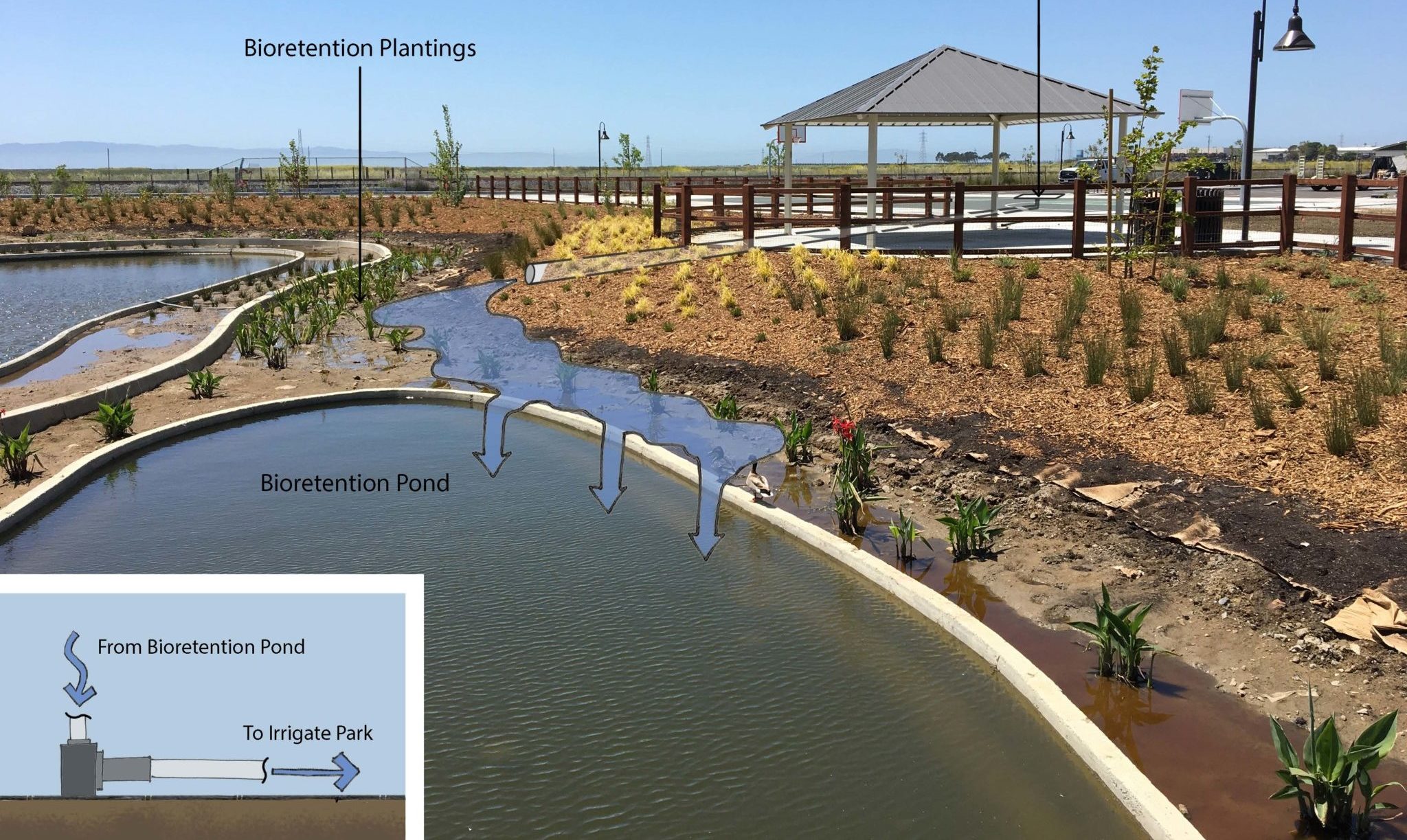
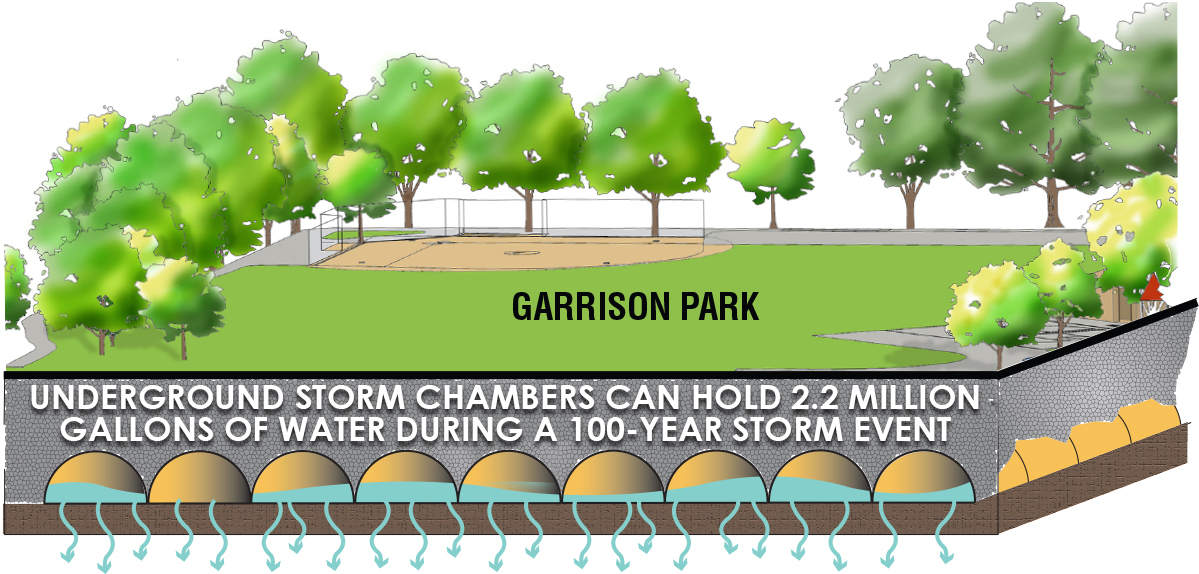
Closing
Stormwater is an ongoing environmental issue that continues to evolve with climate change and sustainability. State and local agencies are constantly updating regulations and requirements to mitigate the pollutant, erosion, and flood effects of impervious development. RRM can provide sustainable stormwater solutions to projects by identifying the problem impervious surfaces and applying applicable design strategies that maximize client and environmental benefits.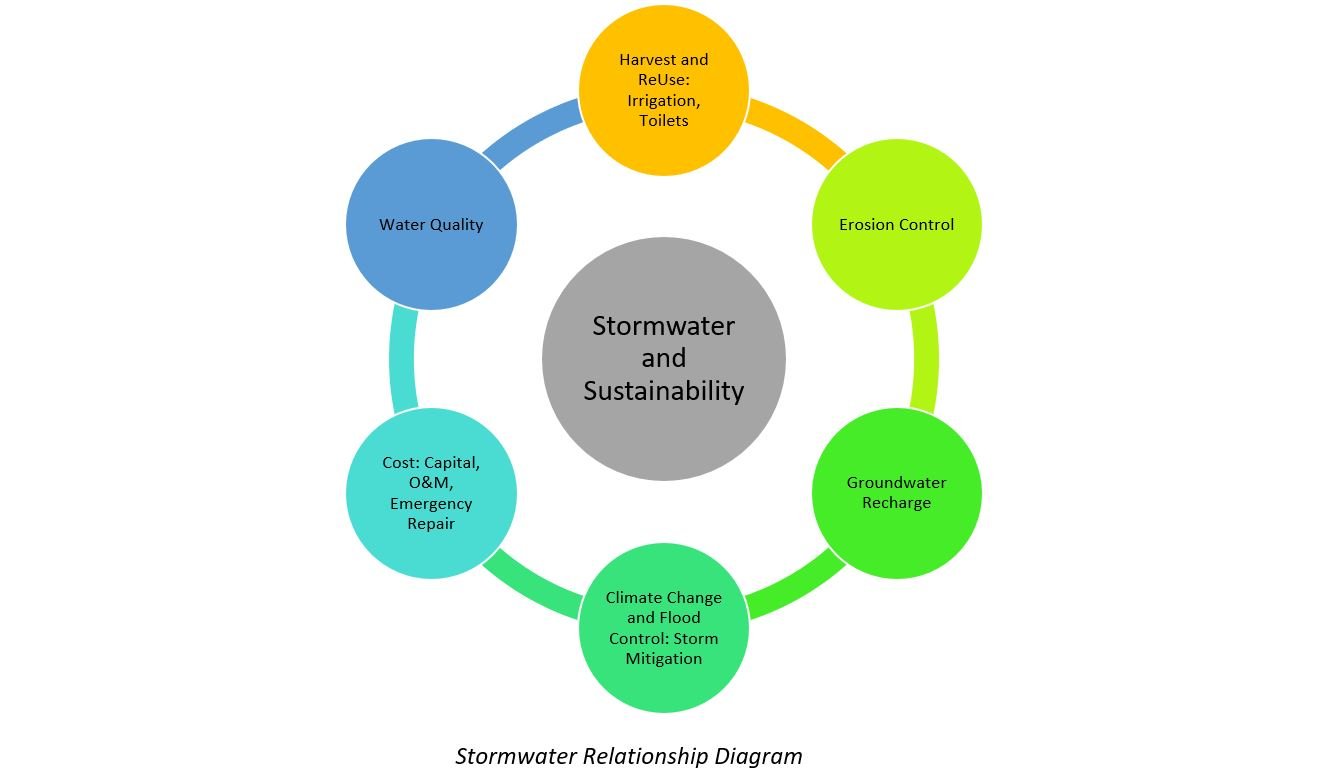
DARREN CHOY,
PE, ENV SP
Manager of Engineering Services
